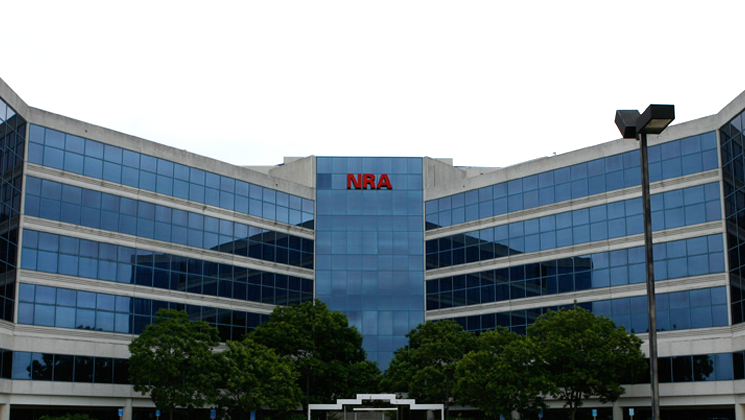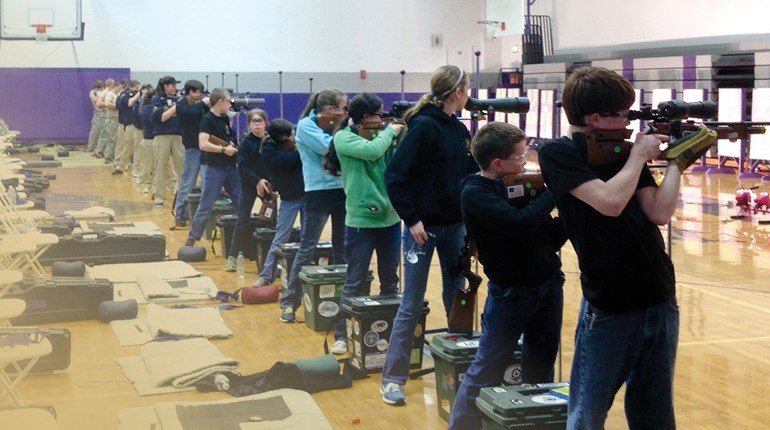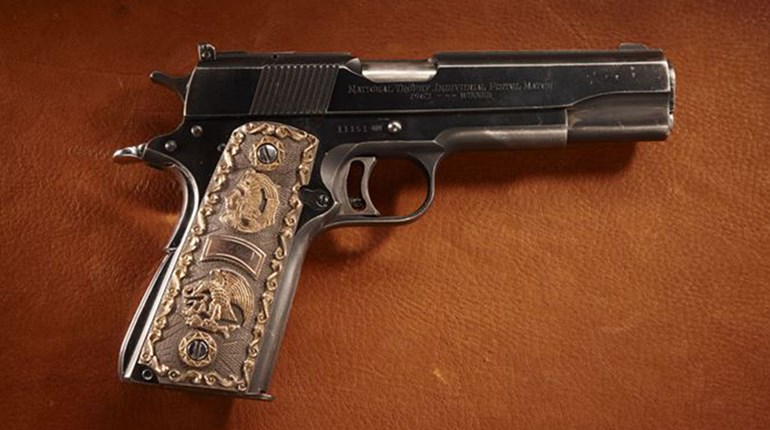
Myth 1: The NRA represents gun manufacturers.
One of the most pervasive myths about NRA is that it represents firearm manufacturers. It doesn't. It represents firearm owners. Firearm manufacturers are represented by the National Shooting Sports Foundation. Yes, manufacturers often contribute money to the Association or raffle/contest prizes to one of its many programs, but NRA—at its heart—is a non-profit civil rights organization. As for firearms manufacturers, their size and cash reserves are grossly overestimated by those who oppose gun rights. A firearm is an extremely durable product with a very long service life, and is a big-ticket item for most consumers, limiting sales. Unless a firearm manufacturer is also a defense or law-enforcement contractor with domestic and/or foreign government contracts, it is typically a small operation; certainly nowhere near being a Fortune 500 company.
Myth 2: The NRA's power rests in how much money it gives out to candidates.
Many gun-control advocates seem to have trouble believing that someone would disagree with them on a subject like gun control and that, if someone does, it must be the result of greed. The truth is that the NRA's power comes not from distributing cash, but from producing votes. NRA members are politically informed and engaged, and vote in extremely high numbers. Moreover, many are single-issue voters who have arrived at the understanding that their opinions on any other subject are potentially moot without the Second Amendment backing them up.
Myth 3: The NRA's influence is grossly disproportionate to its membership numbers.
This miscalculation is based on the actual number of paid NRA memberships. It fails to consider the practical realities of non-profit advocacy. Not every family can afford separate memberships for each member of the family. Many households have only one "official" member, but everyone in the home reads the NRA Official Journal and supports the Association in spirit. During times of economic hardship, organization memberships are often viewed as a luxury and are voluntarily suspended by annual members until things improve. Further, when the political situation is "good" for gun owners (for example, when there is a pro-gun administration in Washington), gun owners feel safe and often allow their memberships to lapse. And, of course, some people just aren't "joiners." They believe in the Right to Keep and Bear Arms but, for whatever reason, don't formally join advocacy organizations, though they vote in support of the Second Amendment. So, while NRA may have "only" 5 million members, each of those represents many like-minded folks who turn out come Election Day and cast votes in preservation of their rights.
Myth 4: Polls show that most Americans disagree with NRA and want more gun control.
The mainstream press often cites polls showing Americans support gun control. Don't believe them. First, you have to know  how the poll was conducted and how questions were posed. If asked, simply "Are you in favor of gun control?" a person on the street may say yes. However, if you pose the question "Do you favor more gun control legislation or the enforcement of existing laws?" that same person may favor the latter.
how the poll was conducted and how questions were posed. If asked, simply "Are you in favor of gun control?" a person on the street may say yes. However, if you pose the question "Do you favor more gun control legislation or the enforcement of existing laws?" that same person may favor the latter.
We also must consider whether we really want Constitutional rights determined via polling. The Bill of Rights protects the individual from "the tyranny of the majority." The Second Amendment doesn't say "Good poll numbers being essential to good public policy, the right of the people ... ." Are we forbidden from practicing a certain religion because it's not trending well? Do we give up the right to read a good book because it's fallen into disfavor among the majority?






































